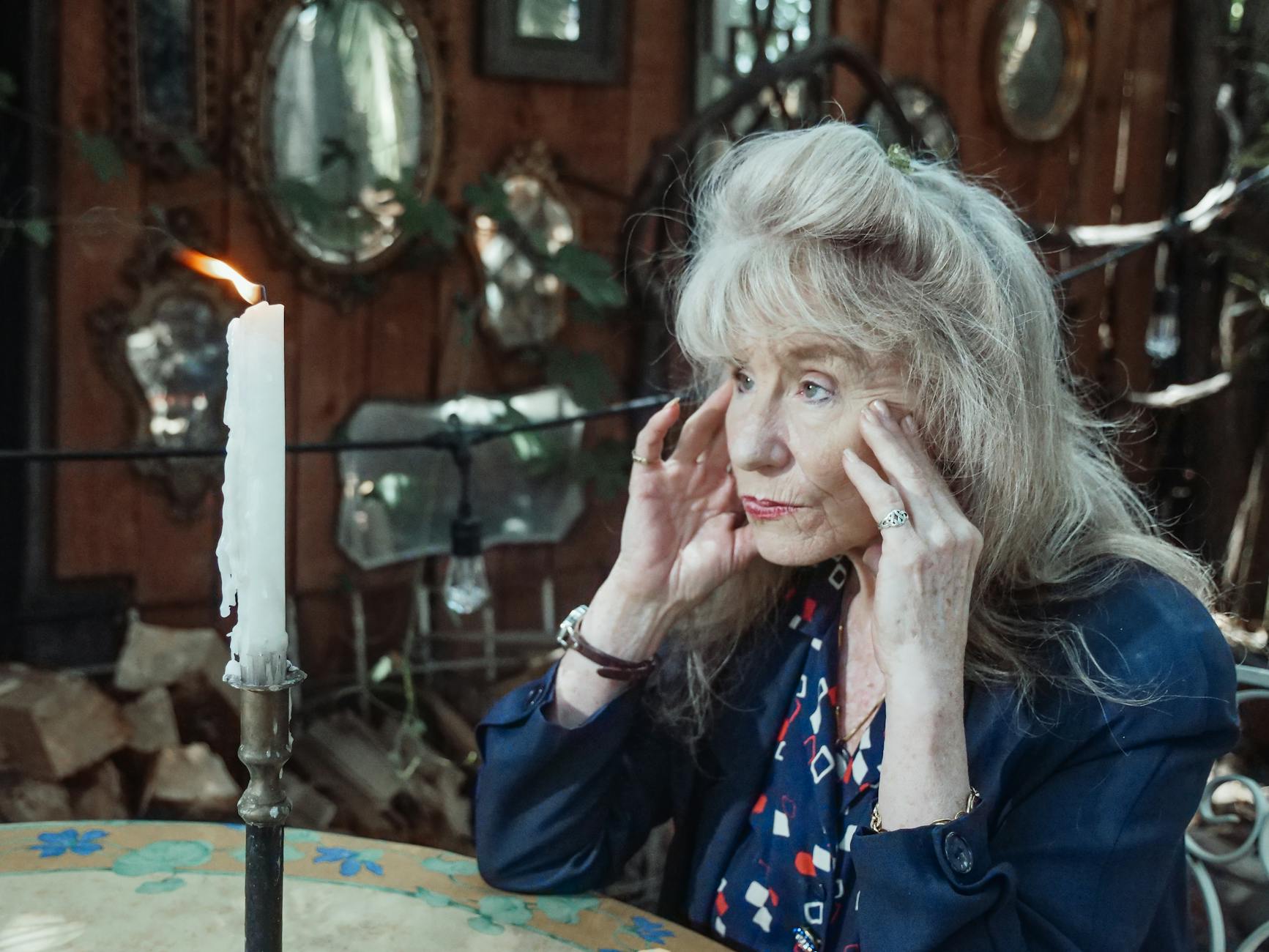Our Location
304 North Cardinal St.
Dorchester Center, MA 02124

Emma stood in her shower, staring at the clump of hair wrapped around her fingers. At 25, she shouldn’t be losing this much hair, yet every morning brought the same horrifying ritual—watching pieces of herself swirl down the drain. She pressed her back against the shower wall and quietly sobbed, wondering if anyone would notice if she started wearing hats everywhere.
Recent research reveals that 40% of women experiencing hair loss are under 30, yet 87% suffer in silence, believing they’re alone in their struggle. Dr. Amanda Rodriguez, a leading trichologist, explains, “Female pattern hair loss isn’t just an older woman’s problem—it’s becoming increasingly common in younger women due to stress, hormonal changes, and lifestyle factors.”
The statistics paint a stark picture: women lose an average of 100 hairs per day, but those experiencing hair loss can lose up to 300 hairs daily. What’s most devastating is that 68% of women with hair loss report feeling “less attractive” and 45% avoid social situations entirely.
Hair loss in women is complex, involving multiple factors that work together to weaken hair follicles. Hormonal fluctuations, particularly changes in estrogen and testosterone levels, can shift hair from its growth phase to its resting phase prematurely. Stress compounds this by releasing cortisol, which disrupts the hair growth cycle.
Modern lifestyle factors accelerate hair loss: tight hairstyles create traction alopecia, chemical treatments weaken hair structure, and poor nutrition deprives follicles of essential nutrients. Even seemingly innocent habits like aggressive brushing or sleeping on cotton pillowcases can contribute to hair breakage and loss.
Hair loss attacks a woman’s sense of femininity and identity in ways that men often don’t understand. Research from the International Journal of Women’s Health found that women with hair loss experience depression rates 40% higher than those without hair concerns.
Consider Sarah, a 28-year-old teacher who started wearing scarves every day to hide her thinning crown. “I felt like I was aging rapidly,” she recalls. “My students started asking if I was okay, and I realized I was projecting my insecurity onto everyone around me. I stopped going to social events, stopped dating, and even considered changing careers to something where I could work from home.”
The hair loss industry preys on women’s desperation, offering expensive treatments that often promise more than they deliver. Prescription medications like minoxidil can cost $200-$400 annually with inconsistent results. Hair transplant procedures range from $4,000-$15,000 and aren’t suitable for female pattern hair loss. Laser therapy treatments at salons cost $3,000-$5,000 for a full course.
Take Michelle’s experience: she spent $8,000 on a combination of treatments including scalp injections, laser therapy, and expensive serums. “After 18 months, I had minimal improvement but was broke and emotionally drained,” she says. “I felt like I was being sold false hope while my hair continued to thin.”
Society teaches women that their hair is their crowning glory, but this narrative becomes toxic when hair loss occurs. Your worth isn’t measured by the thickness of your hair, and losing hair doesn’t make you less feminine or beautiful.
Many women internalize shame about their hair loss, believing it reflects poor self-care or aging. This shame is unfounded—hair loss is largely genetic and hormonal, factors beyond your control. The first step in addressing hair loss is releasing this self-blame and shame.
A new approach to hair loss treatment focuses on supporting natural hair growth cycles rather than forcing dramatic changes. This method combines targeted light therapy with scalp stimulation to improve circulation and create optimal conditions for hair growth.
The key is understanding that hair growth is a slow process—hair grows only about half an inch per month. Sustainable improvement requires patience and consistency, not quick fixes or miracle cures.
The key to healthy hair growth lies in nourishing your scalp with the right nutrients and maintaining optimal scalp health. Essential oils like rosemary, peppermint, and castor oil have been scientifically proven to improve circulation and provide follicles with the nutrients they need to thrive.
Research shows that scalp massage with nourishing oils can increase hair thickness by 24% and improve hair density by 30% over 24 weeks. The gentle, consistent approach of natural scalp treatments supports your hair’s natural growth cycle without harsh chemicals or expensive procedures.
Eight months after starting her LED therapy routine, Emma runs her fingers through noticeably thicker hair. “The change was so gradual I almost didn’t notice it,” she explains. “But then I realized I wasn’t finding as much hair on my pillow, and my ponytail felt fuller. More importantly, I stopped obsessing over every hair in the drain.”
Her transformation extended beyond hair growth—she regained confidence, started styling her hair in new ways, and even went on a vacation she’d been avoiding because she was afraid of how her hair would look in photos.
Your hair loss journey doesn’t have to be a descent into despair. With the right approach, consistency, and patience, you can support your hair’s natural growth potential and reclaim your confidence.
Remember: you are not your hair, but caring for your hair is a form of self-love. Every strand matters, and every small improvement is worth celebrating.